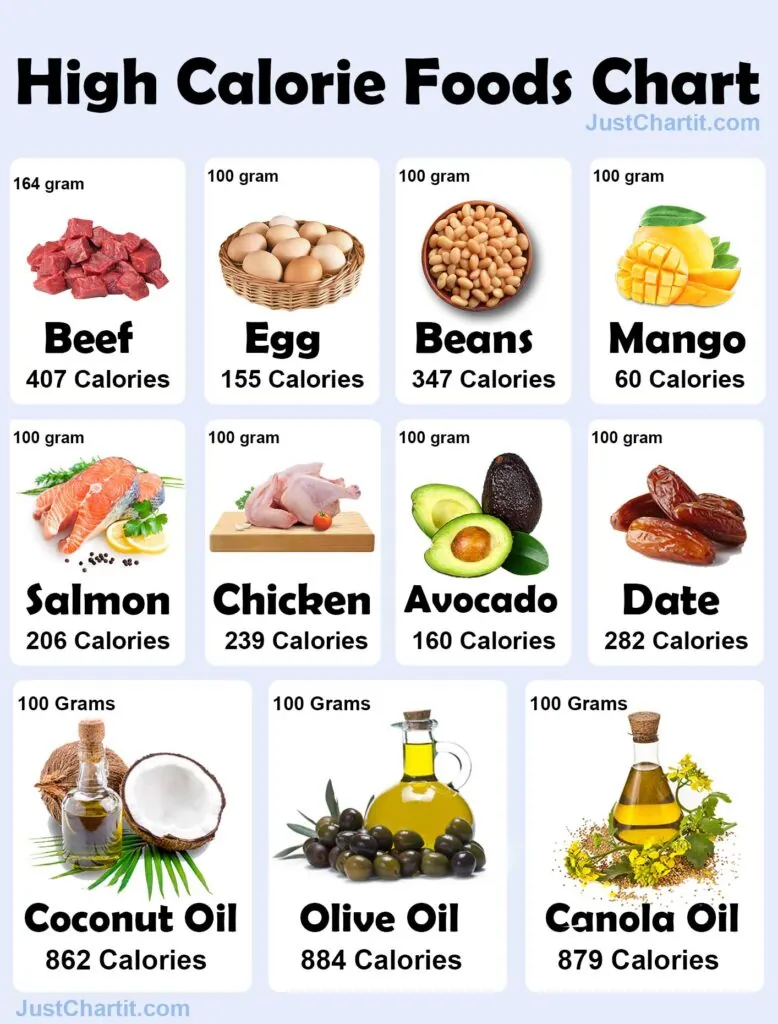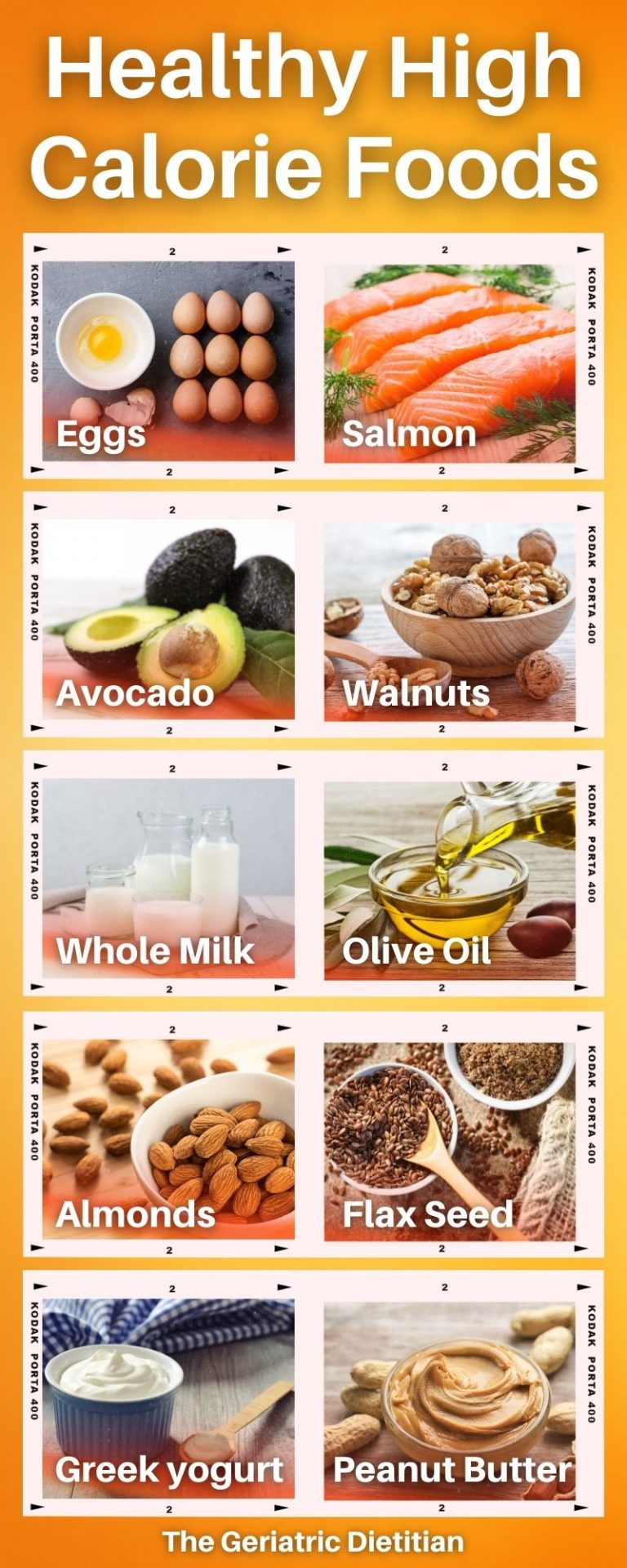
High-Calorie Foods: A Lifeline for Rescued Animals
Rescuing an animal is a deeply rewarding experience. However, it often comes with the challenge of rehabilitating an animal that may be underweight, malnourished, or recovering from illness or injury. In these cases, providing adequate nutrition, particularly in the form of high-calorie foods, becomes a critical component of their recovery. This article explores the importance of high-calorie diets for rescued animals, examines suitable food options, and provides guidance on how to safely and effectively implement a high-calorie feeding plan.
Why High-Calorie Foods are Essential
Rescued animals often present with a range of health issues that necessitate a diet rich in calories:
- Underweight and Malnutrition: Neglect, abandonment, or lack of access to food can leave animals severely underweight. High-calorie foods help them gain weight quickly and efficiently.
- Post-Surgery Recovery: Surgery places significant stress on the body. A high-calorie diet provides the energy needed for tissue repair, wound healing, and immune system function.
- Illness and Disease: Certain illnesses can reduce an animal’s appetite or ability to absorb nutrients. High-calorie foods ensure they receive adequate nutrition despite these challenges.
- Parasite Infestations: Parasites rob animals of essential nutrients, leading to weight loss and weakness. A high-calorie diet helps replenish depleted reserves.
- Stress and Anxiety: The trauma of being rescued can cause stress and anxiety, which can suppress appetite. Palatable, high-calorie foods can encourage them to eat.
- Lactation: Nursing mothers require significantly more calories to produce milk for their young.
Identifying Animals in Need of a High-Calorie Diet
Recognizing the signs that an animal needs a high-calorie diet is crucial for timely intervention:
- Visible Ribs, Spine, and Hip Bones: These are clear indicators of underweight.
- Lethargy and Weakness: Lack of energy can be a sign of malnutrition.
- Dull Coat and Poor Skin Condition: Nutritional deficiencies can affect coat and skin health.
- Muscle Loss: Noticeable loss of muscle mass indicates the body is breaking down muscle tissue for energy.
- Poor Appetite: Reluctance to eat or only eating small amounts of food.
- Slow Wound Healing: Impaired healing is often a sign of inadequate nutrition.
High-Calorie Food Options for Rescued Animals
The specific food choices will depend on the species, age, and health condition of the animal. Here are some options to consider:
For Dogs:
- High-Quality Puppy Food: Puppy food is formulated to be calorie-dense and nutrient-rich to support rapid growth. It’s often a good option for underweight adult dogs as well.
- Canned Food: Canned food is generally higher in calories and moisture than dry food, making it easier for animals with dental problems or poor appetites to consume.
- Homemade Diet (with Veterinary Guidance): A carefully formulated homemade diet can be tailored to meet the specific needs of the animal. However, it’s essential to consult with a veterinarian or veterinary nutritionist to ensure it’s balanced and complete.
- Supplements: High-calorie supplements like Nutri-Cal or Tomlyn High-Calorie Nutritional Gel can be added to food to boost caloric intake.
- Cooked Eggs: Eggs are a good source of protein and healthy fats.
- Cooked Ground Meat: Lean ground beef or turkey can provide extra protein and calories.
- Plain Yogurt: Yogurt contains probiotics that can aid digestion and is a good source of calcium.
For Cats:
- High-Quality Kitten Food: Similar to puppy food, kitten food is calorie-dense and nutrient-rich.
- Canned Food: Cats often prefer canned food due to its texture and aroma. Choose high-quality brands with a high protein content.
- Homemade Diet (with Veterinary Guidance): As with dogs, a homemade diet can be beneficial but requires careful formulation and veterinary supervision.
- Supplements: High-calorie supplements like Nutri-Cal or Tomlyn High-Calorie Nutritional Gel are readily accepted by cats.
- Cooked Fish: Salmon, tuna, or other oily fish are good sources of omega-3 fatty acids and calories.
- Cooked Chicken or Turkey: Lean protein sources that are easy to digest.
For Small Mammals (Rabbits, Guinea Pigs, Hamsters, etc.):
- High-Quality Pelleted Food: Choose a species-specific pelleted food that is high in fiber and nutrients.
- Fresh Vegetables: Offer a variety of fresh vegetables like leafy greens, carrots, and bell peppers.
- Fruits (in moderation): Fruits are high in sugar and should be given in small amounts as treats.
- Supplements: Consult with a veterinarian about appropriate supplements for small mammals.
- Hay: Hay is essential for rabbits and guinea pigs to maintain digestive health.
For Birds:
- High-Quality Seed Mix: Choose a seed mix that is appropriate for the species of bird.
- Pelleted Food: Pelleted food provides a more balanced diet than seed mixes alone.
- Fresh Fruits and Vegetables: Offer a variety of fresh fruits and vegetables.
- Cooked Eggs: Eggs are a good source of protein.
- Supplements: Consult with a veterinarian about appropriate supplements for birds.
Important Considerations When Implementing a High-Calorie Diet
- Veterinary Consultation: Before making any significant changes to an animal’s diet, consult with a veterinarian. They can assess the animal’s overall health, identify any underlying medical conditions, and recommend the most appropriate feeding plan.
- Gradual Introduction: Introduce high-calorie foods gradually to avoid digestive upset. Start with small amounts and gradually increase the portion size over several days.
- Frequent, Small Meals: Instead of offering one or two large meals, feed the animal smaller, more frequent meals throughout the day. This can help prevent digestive overload and improve nutrient absorption.
- Monitor Weight and Body Condition: Regularly weigh the animal and assess their body condition score to track progress. Adjust the feeding plan as needed.
- Hydration: Ensure the animal has access to fresh, clean water at all times.
- Palatability: If the animal is reluctant to eat, try warming the food slightly or adding a small amount of broth or gravy to make it more appealing.
- Address Underlying Medical Conditions: A high-calorie diet alone may not be enough if the animal has underlying medical conditions that are affecting their appetite or ability to absorb nutrients. Treat any underlying conditions as directed by a veterinarian.
- Patience: Rehabilitating a rescued animal takes time and patience. Be consistent with the feeding plan and celebrate small victories along the way.
- Food Safety: Ensure food is fresh and stored properly to prevent bacterial contamination. Clean food bowls regularly.
Potential Risks of Overfeeding
While it’s important to provide adequate calories, overfeeding can also be detrimental. Potential risks include:
- Digestive Upset: Rapidly increasing food intake can lead to diarrhea, vomiting, and abdominal discomfort.
- Obesity: Over time, excessive calorie intake can lead to obesity, which can increase the risk of diabetes, heart disease, and joint problems.
- Pancreatitis: In some animals, a sudden increase in fat intake can trigger pancreatitis, an inflammation of the pancreas.
Conclusion
High-calorie foods play a vital role in the rehabilitation of rescued animals. By providing adequate nutrition, we can help these animals regain their health, strength, and vitality. However, it’s crucial to approach high-calorie feeding with caution, consulting with a veterinarian, introducing new foods gradually, and monitoring the animal’s progress closely. With careful planning and dedicated care, we can help rescued animals thrive and enjoy a happy, healthy life.

